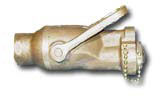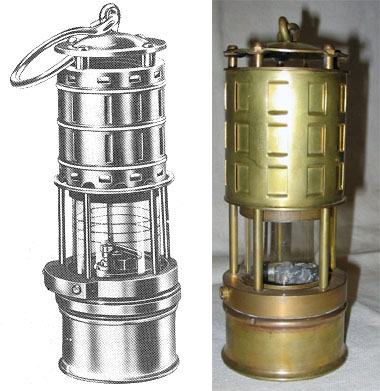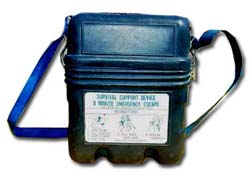| In the early 1970s, the Lear Seigler Company began
development on the survival support device (SSD). It was
first placed into service onboard aircraft carriers in
1973. The SSD consisted of a hood with a plastic
eyepiece and a light-weight plastic bag that fit over
the head, and an air bottle pack that was charged to
2,600 psi. It came in a gray plastic stowage case and
had a visible bottle pressure gauge dial that indicated
the charge remaining in the bottle. The device provided
8 minutes of breathing air to the wearer. A positive
pressure was maintained inside the hood, allowing
personnel to egress through smoke to fresh air. Onboard
large ships, air compressors were installed, generally
in the DC Shop, to refill the SSD air bottles. Smaller
ships sent their bottles to tenders, carriers or
DATC/SIMA for refilling. These air refilling compressors
were difficult to maintain, and Sailors experienced a
number of problems with them; this was one of the
factors that caused the Navy to pursue a replacement
breathing device in the 1980s. Each ship was outfitted
115% of their manning complement. Amphibious ships and
personnel transport ships carried 100% of the embarked
complement in the troop berthing spaces. Ship’s force
personnel had one installed or stowed near their bunk in
berthing spaces, CPO quarters and officer staterooms.
Some SSDs were also placed in specified high-risk manned
stations below the damage control deck and in other work
centers, such as CIC at designated personnel egress
locations. Quantities were equal in number to the
general quarters’ manning for the space. It was
mandatory for all surface ships and the host ships of
embarked troops, embarked staff, air wing, and TAD
personnel to train all personnel in EEBD use, including
donning procedures, operation, capabilities and safety
precautions. Emergency egress training -- from work
centers and berthing spaces -- was also conducted. This
is done in darkened compartments, or personnel can be
blindfolded for egress familiarization. |




